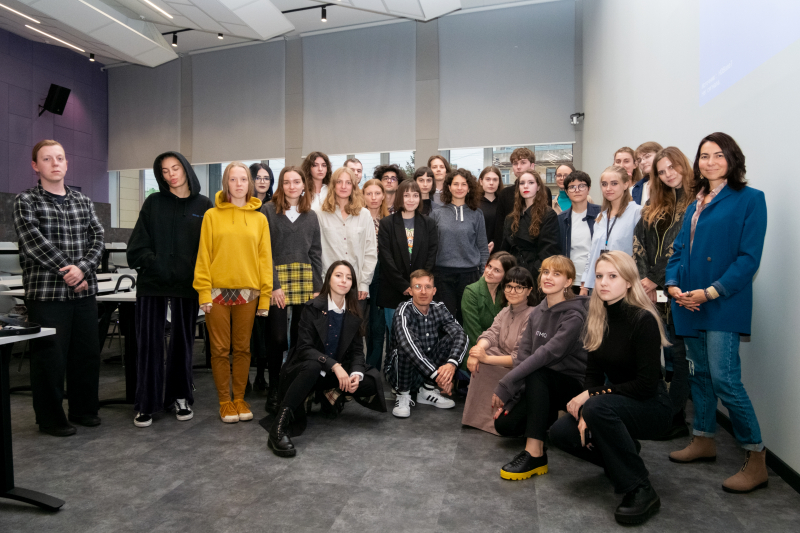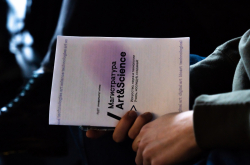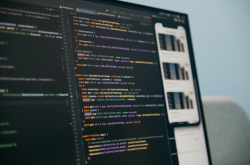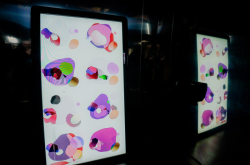How it used to be
Until fall 2022, the program was subdivided into several tracks: Bioart and Biomedia, Technological Art, and Digital Art. As of now, the students can form their curricula themselves and mix courses from several elective modules:
-
Bioart (Basic & Advanced)
-
AI in Art (Basic & Advanced)
-
Robotic Art (Basic & Advanced)
-
Hybrid Ecologies
-
Digital Worlds
-
Transdisciplinary Workshop
-
Performative Practices
-
Electrophysical Processes Sonification
-
Experimental Studio
All ITMO programs offer individual learning tracks, but according to the coordinators of the Art & Science program, this was not the only reason to implement this feature. Students themselves expressed the desire to try different tools and fields before focusing on one of them.
“This year, we made our curriculum more flexible and student-oriented. The first semester is the same for everyone – that’s when we lay the foundation and teach students to navigate Art & Science and modern art in general. In the following semesters, they get to choose courses they’re most interested in. That’s how they form their own learning track and either try various tools or focus on a single field of their choice,” says Lina Kipriushina, a coordinator of educational projects at the Art & Science Center.
At the same time, students will be able to join workshops headed by prominent artists, for example, the sound workshop will be curated by sound artist Boris Shershenkov and the bioart workshop – by Ippolit Markelov, the head of the Art & Science Center’s Biotechnological Art lab. Plus, there will be workshops on AI in art and digital art tools.
New names and opportunities
Since 2022, the program has been coordinated by Olga Vad, a producer of cultural projects and a co-author of HYDRA. Art of New Media in the Context of Eco-Anxiety exhibition held at Sevkabel Port.
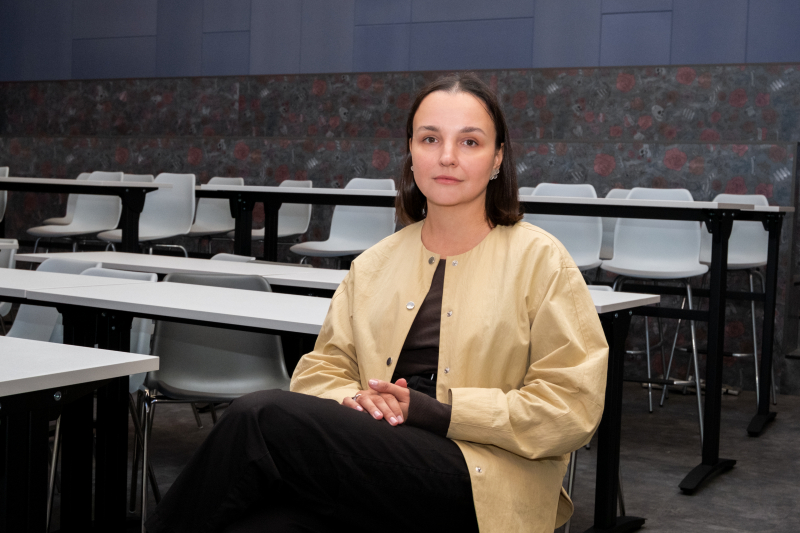
Olga Vad. Credit: Ekaterina Shevyreva, ITMO.NEWS.
The list of lecturers was also extended with several star names: a course on modern art will be taught by Boris Klyushnikov, a historian, curator, and a specialist in methodology of art history, and Sergey Kostyrko, an engineer, programmer, musician, and a resident of the international platform ArtSci Nexus, will teach digital tools for programming in art.
A total of 35 students enrolled in the program this year, almost a third of them – after taking a four-week online course Inside Art & Science, where they’ve developed the concept of their future projects. They will work on them during their studies and present the results at an exhibition this winter.
We asked the Art & Science students to share why they chose this field and now want to engage in modern art.
Roman Aristov
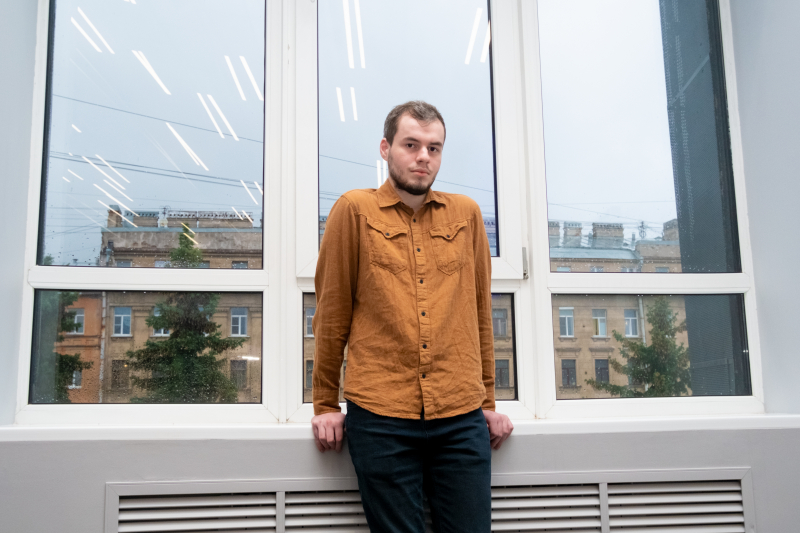
Roman Aristov. Credit: Ekaterina Shevyreva, ITMO.NEWS.
As a Bachelor’s student, I studied at ITMO’s Faculty of Secure Information Technologies. I’ve been thinking about doing Art & Science for years, but didn’t have enough time. This time, however, I finally made it – I completed the online course and enrolled in the Master’s program. I see it as a way to do art without abandoning academia.
I’ve been greatly inspired by cyberpunk novels, such as the ones by Neal Stephenson and Philip Dick. I’d like to work with neural networks and machine learning, but I’m also interested in posthuman studies and robotic art. I have many ideas, for example, to create a bot that would speak for a community, thus putting their ideas together.
Viktoria Teryokhina (Viktoria Terra)
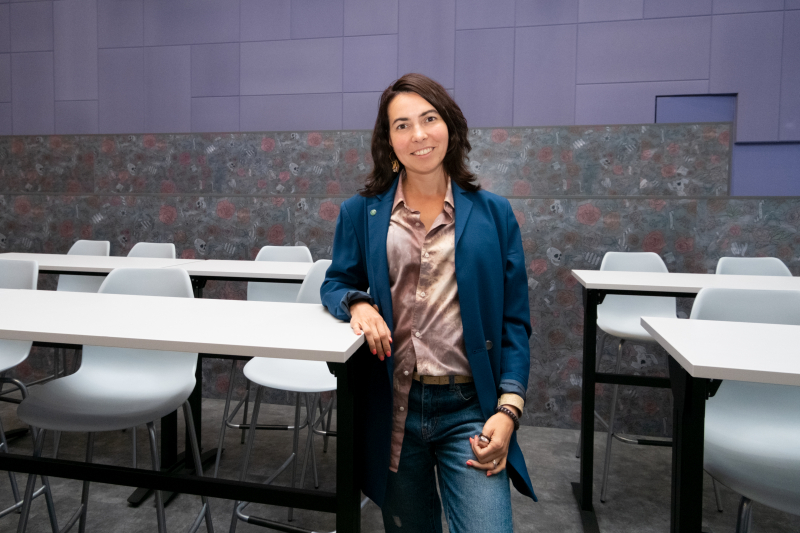
Viktoria Teryokhina. Credit: Ekaterina Shevyreva, ITMO.NEWS.
I’ve learned about this program from a colleague – an industrial designer who also studied Art & Science at ITMO. I’ve been working in the fashion industry and developing my clothing brand for five years and I love unusual materials at the intersection of biological and industrial technologies. For example, I’ve used coconut skin in my collection – it’s a biodegradable and even edible material based on processed coconut, banana leaves, and other organic waste.
I’d like to create a “magical” cloth that would be designed on a computer for certain needs and could grow on a person or treat them using biotechnologies. I’ve been working on projects in fragrance design, performative and digital art, and digitalization of handmade work. I’ve always been into modern and unconventional stuff. I think ITMO is the right place for the realization of all my dreams and plans.
Danil Topkasov
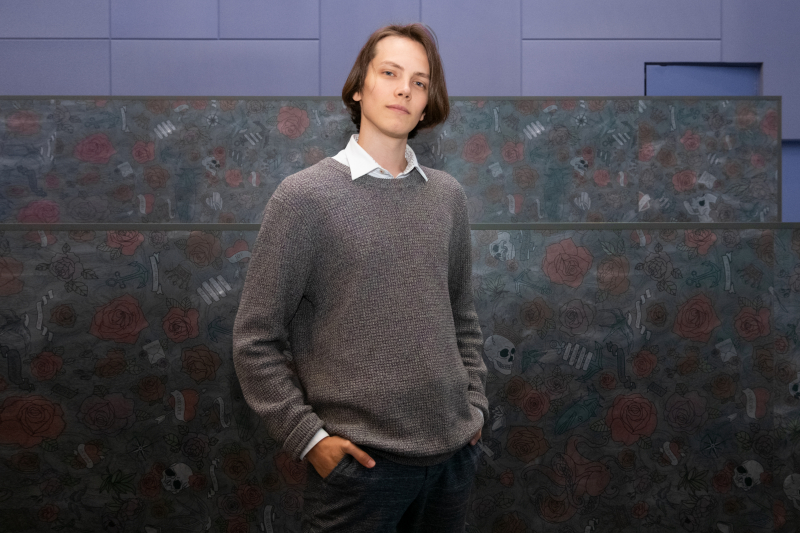
Danil Topkasov. Credit: Ekaterina Shevyreva, ITMO.NEWS.
I’ve graduated from Tyumen State University with a degree in the field of informational security. Among my friends, many applied to ITMO, so I’ve heard their reviews. I wanted to apply for a program in humanities but I didn’t know how to mix it with my technological background until I learned about Art & Science.
I liked the questions for the entrance exams. To prepare, I read books on philosophy and ideas for art projects on the problems of modern society came to my head right away. I came up with a concept for a neural network that would generate a movie based on a person’s emotions, pulse, or voice recognition, but I don’t know how to implement something like this yet.
Anna Moiseeva
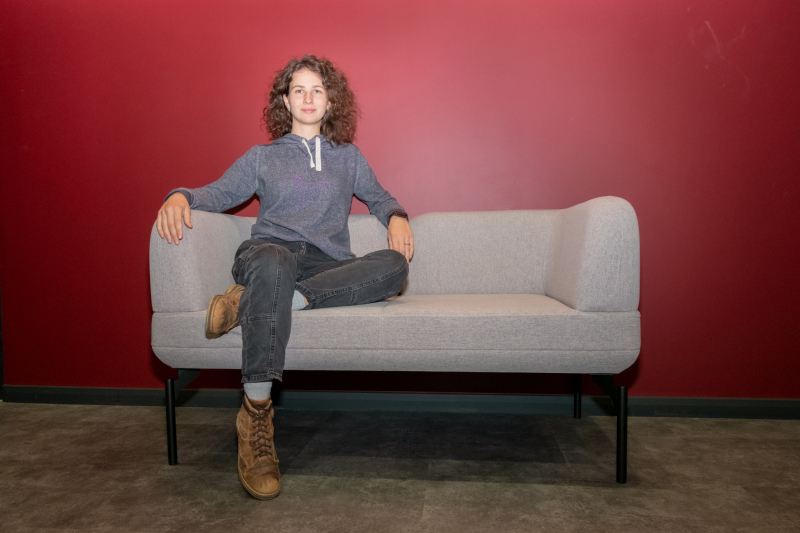
Anna Moiseeva. Credit: Ekaterina Shevyreva, ITMO.NEWS.
I studied at Omsk State Technical University’s Faculty of Chemical, Bio- and Nanotechnologies. After my graduation in 2019, I started looking for a Master’s program, but everything was too specific and I didn’t like the options. I’m interested in philosophy, history, science, and drawing, so I felt like mixing all that with my background in chemistry. I learned about ITMO’s Art & Science program from a friend who studies at ITMO and decided that it’s the right place for me. Plus, ITMO is about helping students grow instead of exhausting them.
Art & Science is a new field for me, so I keep learning more things about it. I was inspired by modern Chinese artists who discuss modern ecological and social problems in their works. I’d like to do something like that.
Maria Bulygina
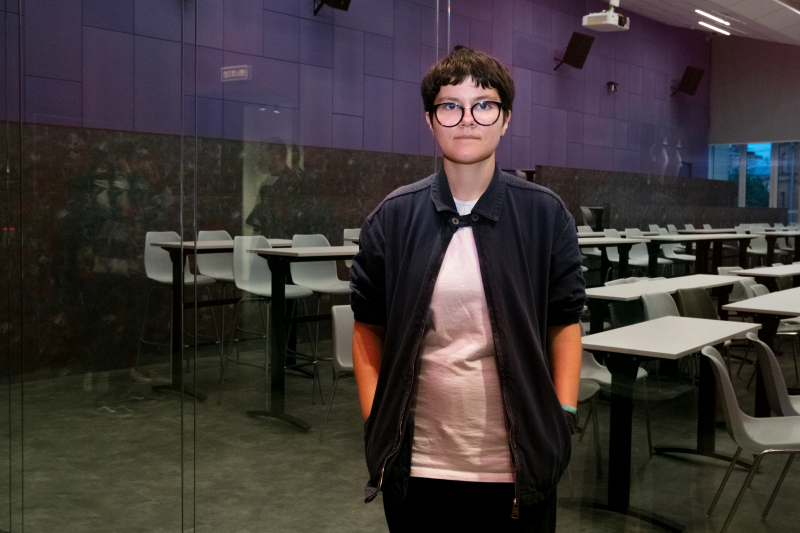
Maria Bulygina. Credit: Ekaterina Shevyreva, ITMO.NEWS.
I studied at the Kosygin Russian State University at the Faculty of Liberal Arts. Back then, I worked as a curator’s assistant at the Ground Solyanka gallery. As of now, I’m into digital art – it’s more experimental and unconventional. I’d like to complete the project I came up with during the Inside Art & Science course and present it this winter. It’s an installation about the phenomenon of echo chambers – algorithms recommend you to follow users with similar opinions, so instead of learning other points of view, you only get more persuaded in your own.
The installation will look like a room for confessions. I think in a way it’s like an echo chamber too, because people go there to be heard but end up hearing themselves. The visitor will face a camera that records the movement of their eyes and recreates it on screens. Every time the person looks at their reflection on the screen, it will look away. I have a 3D prototype and the finalized concept, but I haven’t implemented anything like that in the past, so I’m kind of nervous.
